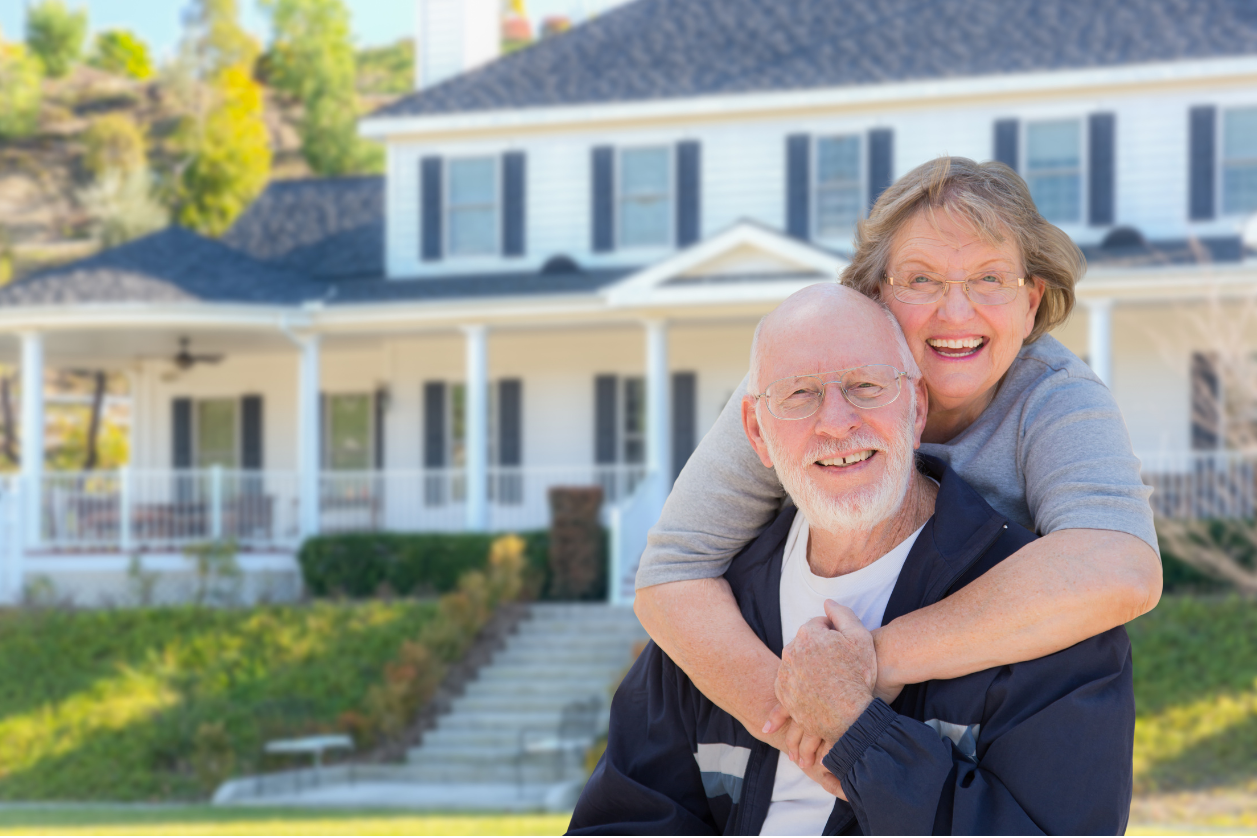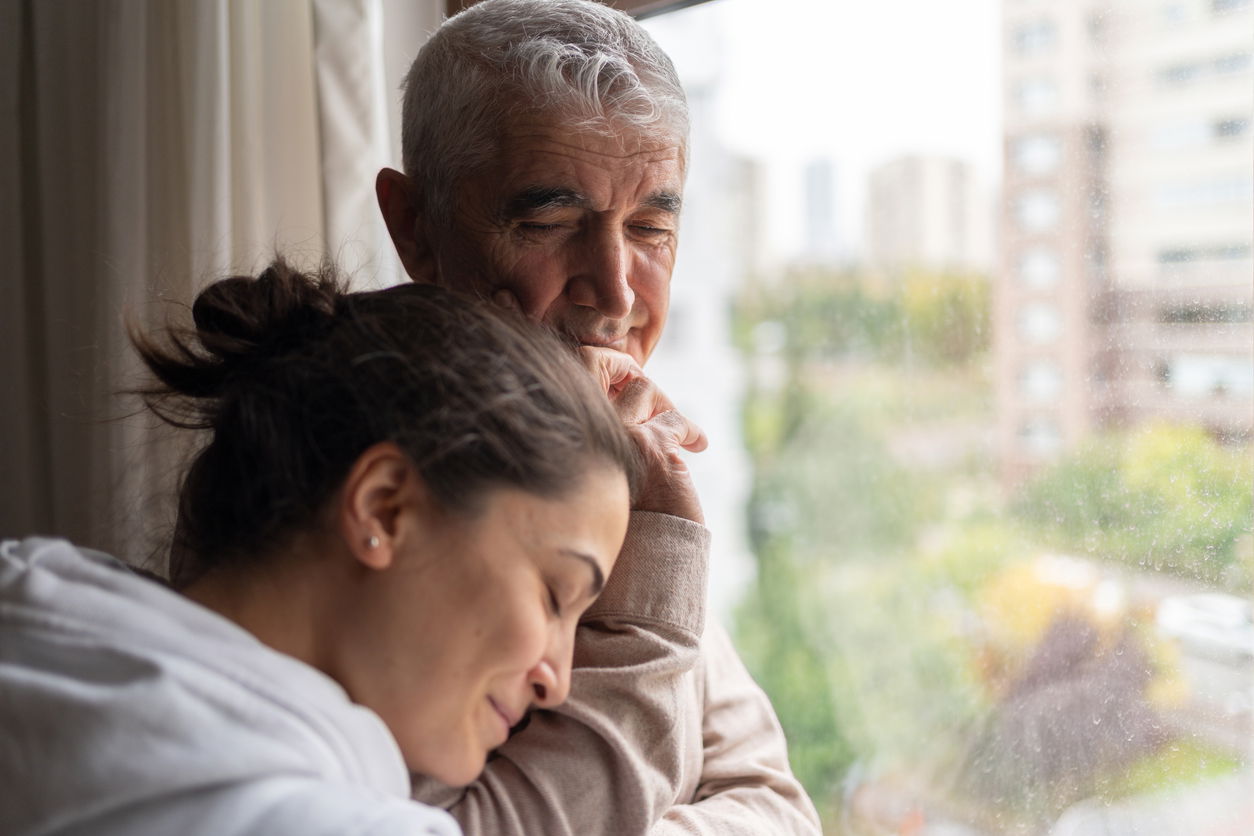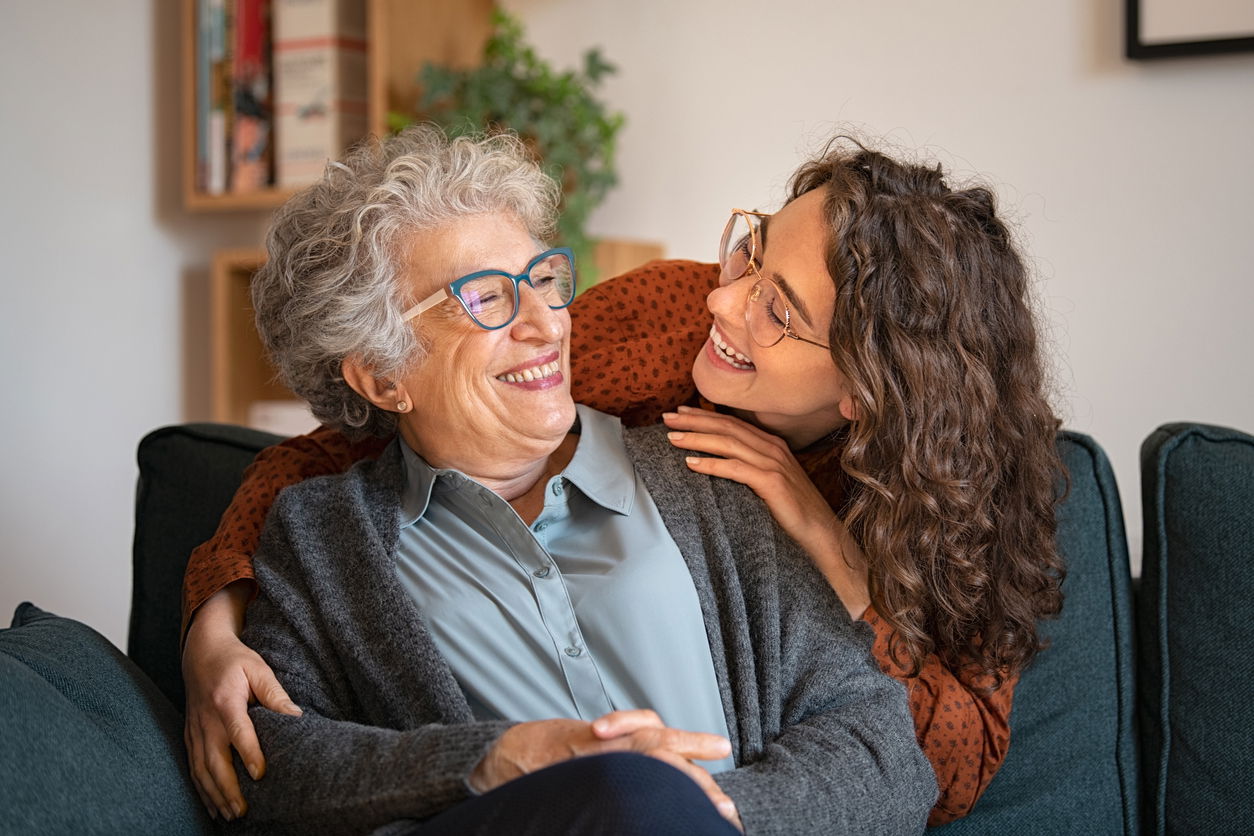Support
How to Create a Safe and Comfortable Home for Aging in Place
Aging in place is becoming an increasingly popular choice for older adults who wish to remain in the comfort of their own homes for as long as possible.
Read more

Written by
Tyler Zanini, Founder at Memoryboard

But creating a safe and supportive home environment doesn’t happen by accident — it requires thoughtful changes that reduce risks and make daily life easier. If you’re caring for a loved one who wants to age in place, here are some practical ways to make their home safer, more comfortable, and more confidence-inspiring.

Image description
Take a Room-by-Room Look at Safety
One of the first things you can do is to take a careful look at the home, room by room. It helps to see it through the eyes of someone who might have limited mobility or vision. Many families find it helpful to invite an occupational therapist or aging-in-place specialist to conduct a safety assessment. Together, you can look for common hazards such as loose rugs, cluttered walkways, or dimly lit hallways. These small things can pose big risks if they’re not addressed early.
Make Lighting a Top Priority for Aging in Place
Good lighting is one of the simplest but most effective ways to prevent falls. Make sure hallways, staircases, and entryways are well-lit, and add night lights in bedrooms and bathrooms to guide your loved one safely if they get up during the night. Bright, warm LED bulbs can help improve visibility without being too harsh on the eyes. Motion-sensor lights are another smart addition, especially for stairways or dark entry areas.
Focus on Bathroom Safety throughout the Home
The bathroom is one of the most common places for slips and falls, so it’s worth paying extra attention here. Installing grab bars near the toilet and inside the shower or tub can help your loved one feel more secure. Non-slip mats or decals inside the shower can reduce slipping, and placing absorbent mats on the floor helps soak up water that might otherwise create a hazard. If possible, a walk-in shower or a sturdy bath seat can make bathing much safer and more comfortable.
Reduce Fall Hazards Throughout the Home
Falls are a leading cause of injury for older adults, but many can be prevented with a few simple changes. Start by securing or removing any loose rugs that could shift underfoot. Make sure all walkways, hallways, and pathways are clear of clutter, extension cords, or anything else that could be a tripping hazard. If the home has slippery floors, consider adding non-slip flooring or runners that stay securely in place.
Upgrade Entryways and Doorways
Getting in and out of the house safely is essential for maintaining independence. Sturdy handrails on both sides of any steps can offer extra stability, and for those who use wheelchairs or walkers, ramps can make a world of difference. You’ll also want to check that doorways are wide enough to accommodate mobility aids comfortably, and that thresholds are low enough to avoid tripping.
Embrace Helpful Technology
Smart home technology can make aging in place more manageable and give everyone greater peace of mind. For example, video doorbells and smart locks can help your loved one see who’s at the door without having to get up quickly. Medical alert systems can ensure help is always within reach during an emergency. And digital tools like Memoryboard can help loved ones stay organized, remember important appointments, and feel more connected to family and caregivers.
Keep Comfort in the Picture
While safety is a top priority, comfort plays a big role in helping someone feel truly at home. Make sure seating is supportive but comfortable, and arrange frequently used items so they’re within easy reach. Personal touches like family photos, familiar blankets, or a favorite chair can go a long way in making a house feel warm and inviting — and can help reduce confusion or anxiety, too.
Involve Your Loved One in the Process
Finally, it’s important to remember that this is your loved one’s home. Whenever possible, include them in the decision-making process. Listen to their preferences, ask what makes them feel most comfortable, and respect their routines. Small acts of inclusion help them feel empowered and in control of their environment — and that confidence can make all the difference.
Ready to Make a Plan?
Creating a safe and comfortable home for aging in place can feel overwhelming at first, but taking it one step at a time makes it manageable. Start with the areas that pose the greatest risks and work through them together. In the end, you’re not just making physical changes — you’re giving your loved one the priceless gift of independence and peace of mind in the place they call home.
Join our mailing list and get our FREE daily routine template & tips guide 💜
Email address
Sign up
More from the blog
Read more helpful tips about connecting with your loved ones from the team at Memoryboard.
Empower people with memory loss
Memoryboard enhances daily life and strengthens connections



